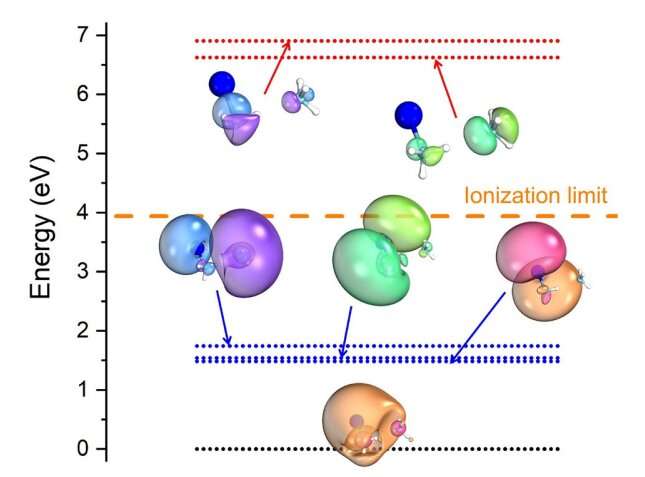Phys.org May 26, 2023
Low-energy electrons dissolved in liquid ammonia or aqueous media are powerful reducing agents that promote challenging reduction reactions but can also cause radiation damage to biological tissue. An international team of researchers (France, Switzerland) undertook a study to better understand the underlying mechanistic processes with respect to the details and energetics of the electron transfer steps.
They showed how UV photoexcitation of metal-ammonia clusters could be used to generate tunable low-energy electrons in situ, identified UV light-induced generation of spin-paired solvated dielectrons and their subsequent relaxation by an unconventional electron-transfer-mediated decay as an efficient low-energy electron source. According to the researchers their process is robust and straightforward to induce, with the prospect of improving our understanding of radiation damage and fostering mechanistic studies of solvated electron reduction reactions… read more. TECHNICAL ARTICLE

Excitation energies and associated orbitals for Na(NH3)1(NH3)1… Credit: SCIENCE, 25 May 2023